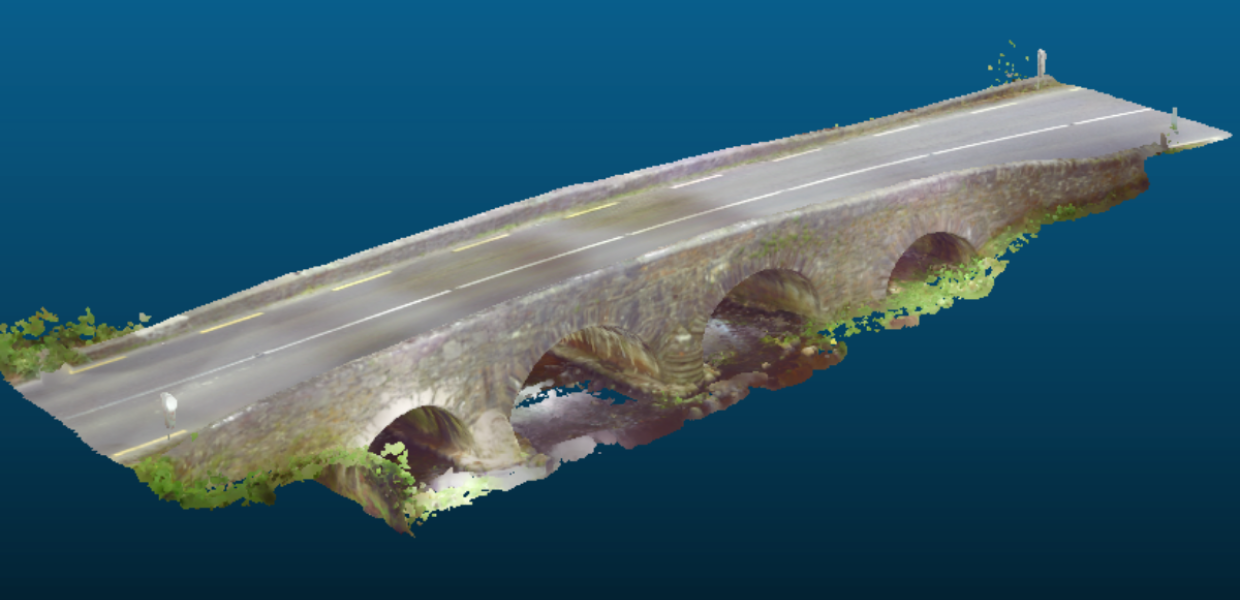As part of the the Europeana Common Culture project, three pilots (Metis Sandbox, the Linked Open Data Aggregator and 3D Content in Europeana) experimented with novel approaches for aggregation which were tested by national aggregators (NAs) and validated with cultural heritage institutions (CHIs). Trinity College Dublin (TCD) led the 3D pilot in collaboration with the new National Aggregator for Ireland, Digital Repository of Ireland (DRI).
Aggregating 3D content
The DRI has been providing solutions to preserve, curate and provide sustained access to Ireland’s cultural heritage data since 2015. In October 2019, DRI achieved Europeana Accredited Aggregator status, having developed an aggregation service for Irish Cultural Heritage Institutes as part of the Common Culture project. TCD then set out to extend this aggregation service by adding support for 3D content.
The first step was to investigate best practice for 3D content aggregation in terms of file formats, metadata and EDM integration. Currently the Europeana Publishing Framework provides quality guidelines for textual, image, sound and video content, but there is little guidance available for 3D content. An investigation carried out by TCD found that there was a huge variation in the types and quality of content which was tagged as 3D in Europeana. TCD worked with the Europeana Network Association’s 3D Content in Europeana Task Force contributing to the recommendations for 3D content published in the Task Force final report.
Making 3D scans available
After the Task Force published its recommendations, work began on extending the DRI aggregation service to support 3D content. An initial dataset was provided by Transport Infrastructure Ireland (TII) consisting of territorial laser scans of scenes, archaeological monuments, famous statues and bridges captured using Faro Focus S120 and Leica TS15 scanners.
Although the substantial scans can be viewed using desktop software, they pose a challenge for web based applications where the data needs to load quickly for display in a browser with user friendly interactions. Using a variety of tools, 3D replicas of the scenes were reconstructed to provide lightweight versions of the source files in interoperable formats (although the source files remain available alongside these versions). A detailed description of this preprocessing is available in Europeana Tech Insight issue 14.
3D embeddable viewer
The next step was to provide users with the tools not only to view but to interact with 3D content. The JavaScript WebGL API, which is built into most modern web browsers, makes it possible to build web-embeddable 3D viewers. A range of options are available, including commercial platforms like Sketchfab as well as self-hosted solutions such as 3DHOP or Smithsonian voyager.
For the 3D pilot, TCD decided to build a custom embeddable viewer which would allow organisations to integrate the tool into their own platforms without any of the fees associated with commercial solutions, which would also support a larger range of file formats than some of the self-hosted alternatives. This was developed as part of the DRI National Aggregator platform, and consists of a lightweight viewer that leverages an open source framework for robust 3D display using the Three.js JavaScript library. The viewer is also available as a standalone version suitable for embedding. For embedding purpose, TCD followed the Europeana Publishing Guidelines and made the viewer compliant with the oEmbed API.




